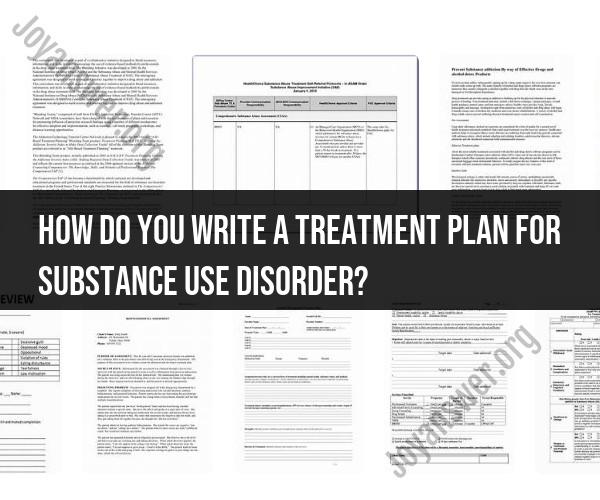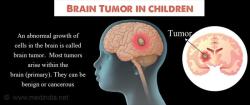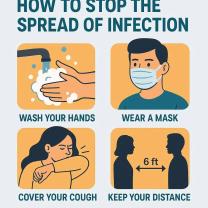How do you write a treatment plan for substance use disorder?
Creating a comprehensive treatment plan for substance use disorder (SUD) is a crucial step in helping individuals recover and manage their addiction. A well-structured treatment plan outlines the goals, strategies, and interventions that will be used to address the specific needs of the person with SUD. Here's a step-by-step guide on how to write a treatment plan for substance use disorder:
1. Assessment and Evaluation:
- Begin by conducting a thorough assessment and evaluation of the individual's substance use history, physical and mental health, social situation, and any co-occurring disorders (e.g., depression, anxiety).
- Use validated assessment tools to gather information about the severity of the addiction and its impact on the individual's life.
2. Establish Treatment Goals:
- Collaborate with the individual to set clear and achievable treatment goals. Goals should be specific, measurable, achievable, relevant, and time-bound (SMART).
- Example goals may include achieving abstinence, improving physical health, managing cravings, enhancing coping skills, and repairing relationships.
3. Identify Treatment Modalities:
- Select evidence-based treatment modalities and interventions that are appropriate for the individual's needs and preferences. Common modalities include:
- Cognitive-Behavioral Therapy (CBT): Helps individuals identify and change unhealthy thoughts and behaviors.
- Motivational Enhancement Therapy (MET): Aims to enhance motivation to change.
- Medication-Assisted Treatment (MAT): May involve medications like methadone, buprenorphine, or naltrexone to manage cravings and withdrawal symptoms.
- 12-Step Programs: Such as Alcoholics Anonymous (AA) or Narcotics Anonymous (NA).
- Family Therapy: Involving family members in the treatment process.
- Tailor the treatment plan to the individual's specific needs, considering any co-occurring mental health disorders.
4. Interventions and Strategies:
- Outline the specific interventions and strategies that will be used to achieve the treatment goals. These may include:
- Individual counseling sessions
- Group therapy
- Medication management
- Relapse prevention techniques
- Life skills training
- Education about the consequences of substance abuse
- Crisis management planning
- Social support interventions
5. Timelines and Milestones:
- Create a timeline for the treatment plan, including milestones for progress. This helps track the individual's achievements and provides motivation.
- Specify the frequency and duration of treatment sessions and any anticipated changes in the treatment plan.
6. Crisis and Relapse Plan:
- Develop a crisis and relapse prevention plan. This should include strategies for managing high-risk situations, recognizing early warning signs of relapse, and seeking immediate help when needed.
7. Involvement of Support Systems:
- Identify the involvement of family members, friends, or support groups in the treatment process. Family education and therapy can be essential components of recovery.
8. Cultural Sensitivity and Individual Preferences:
- Consider the individual's cultural background and preferences when designing the treatment plan. Cultural sensitivity is important for effective engagement and recovery.
9. Regular Monitoring and Evaluation:
- Establish a system for regular monitoring and evaluation of the treatment plan's progress. Adjust the plan as necessary based on ongoing assessments of the individual's needs and goals.
10. Documentation and Communication:- Document the treatment plan in a clear and organized manner. Ensure that all relevant healthcare professionals, counselors, and the individual with SUD have access to the plan.
11. Informed Consent:- Obtain informed consent from the individual to proceed with the treatment plan, and explain the nature, goals, and potential risks and benefits of the proposed interventions.
12. Review and Reassess:- Periodically review and reassess the treatment plan with the individual to ensure that it remains relevant and effective. Adjust goals and strategies as needed.
13. Continuity of Care:- Plan for the individual's ongoing care, including aftercare and long-term support to prevent relapse and promote sustained recovery.
Remember that each treatment plan should be individualized to meet the unique needs and circumstances of the person with SUD. Effective treatment plans are collaborative efforts between the individual, their healthcare providers, and their support system, with a focus on achieving and maintaining recovery.













